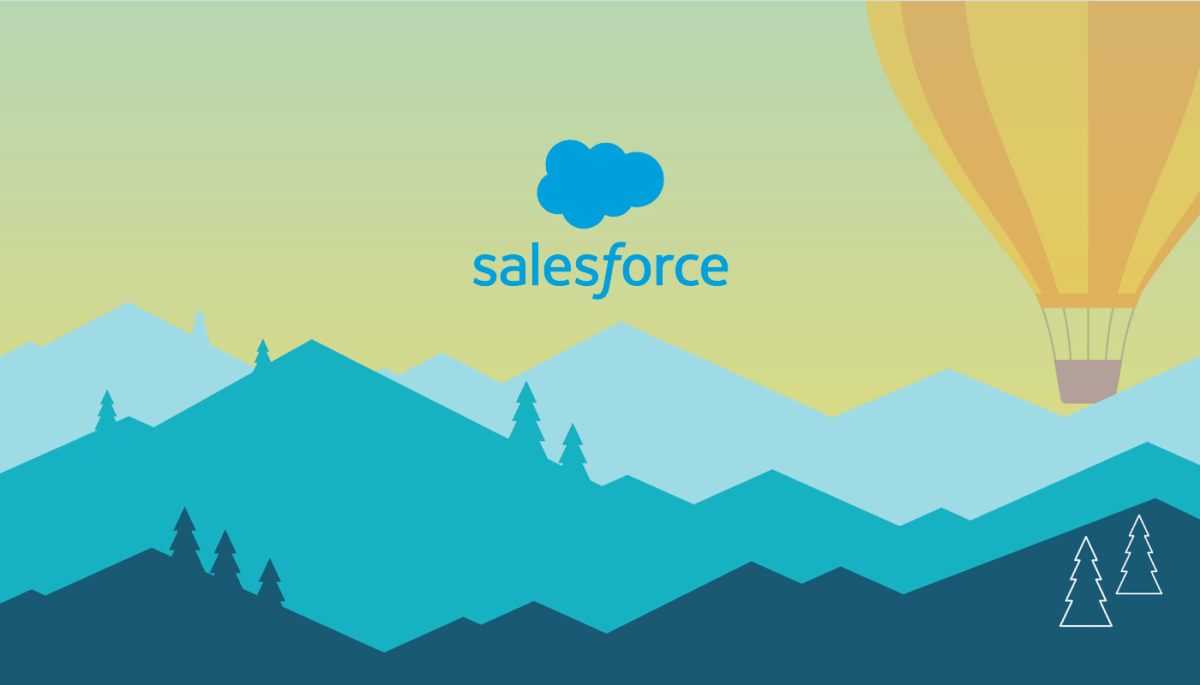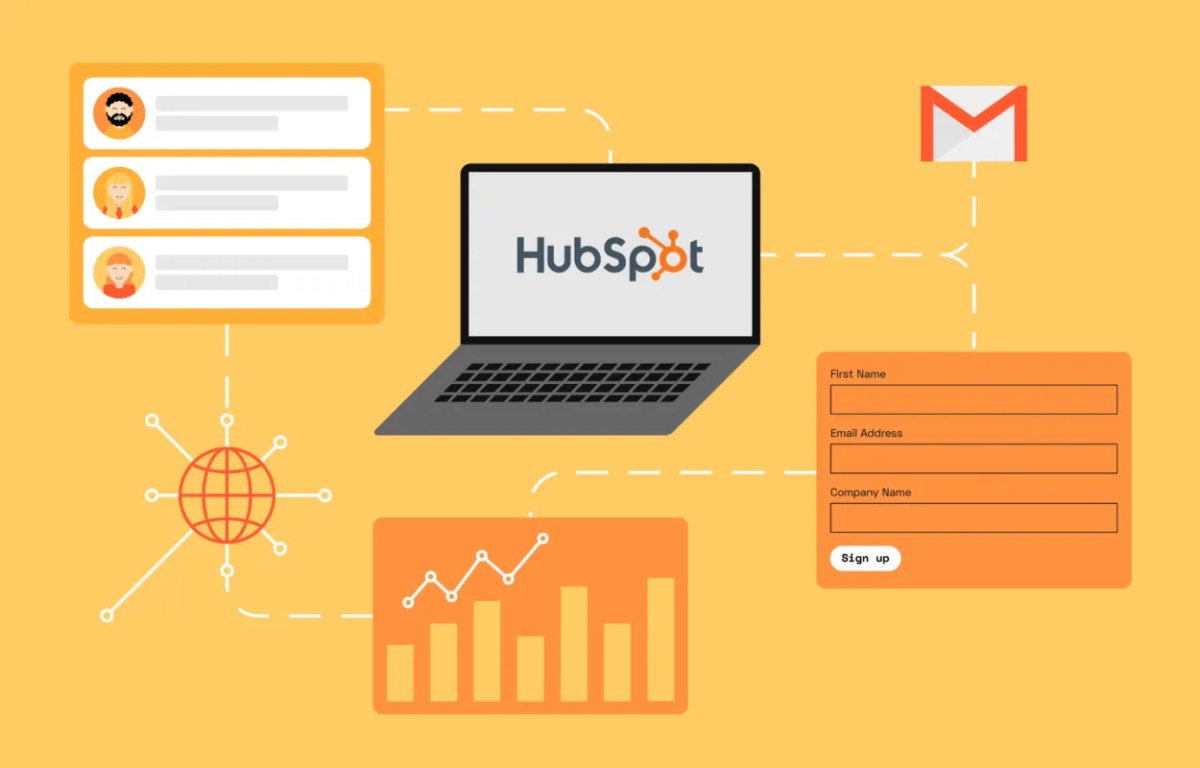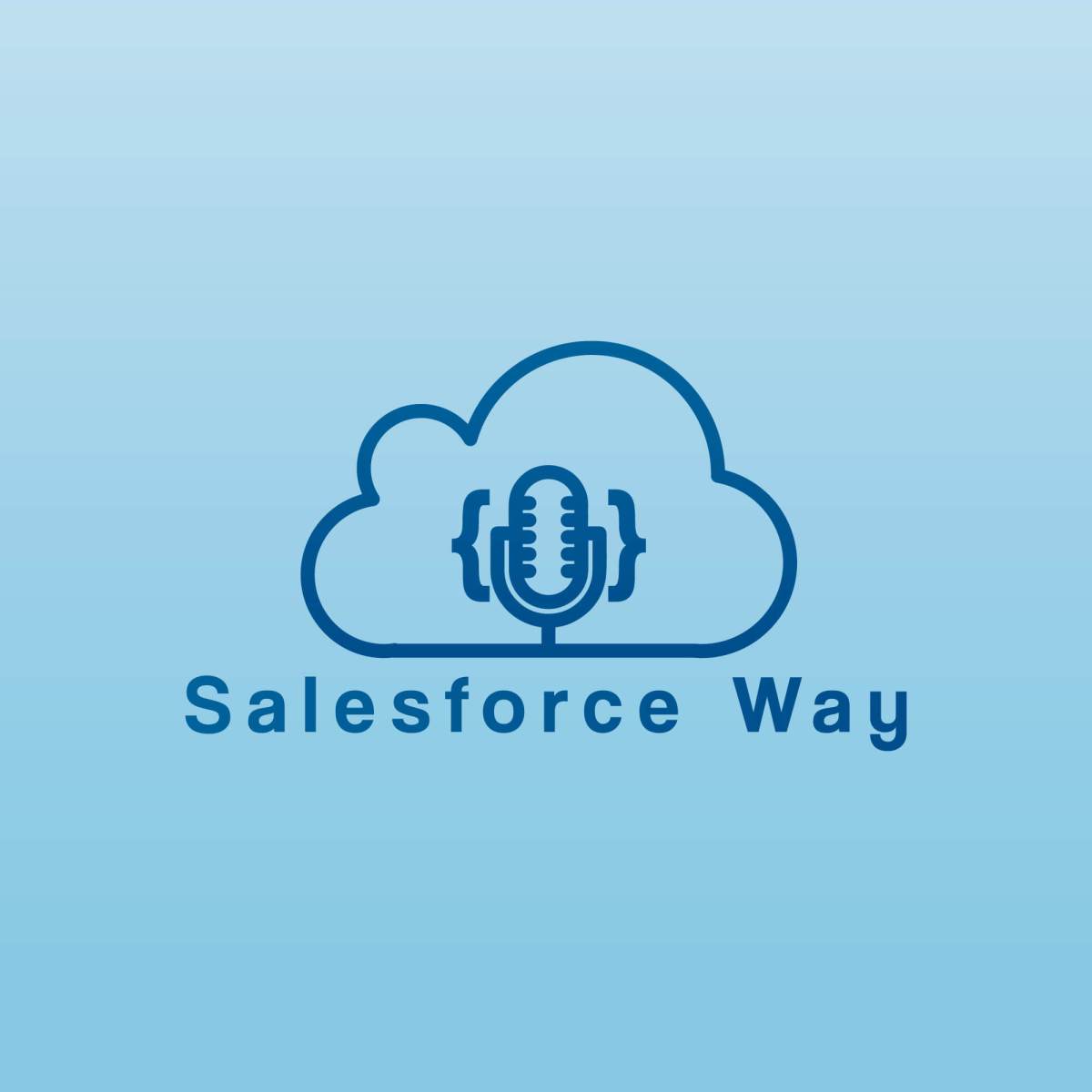CRM Software Cost: 7 Shocking Truths You Can’t Ignore
Thinking about CRM software cost? You’re not alone. Businesses worldwide are weighing price against value—and what they find might surprise you.
Understanding CRM Software Cost: The Big Picture
?w=1200)
When evaluating CRM software cost, it’s essential to look beyond the sticker price. Customer Relationship Management (CRM) systems are no longer luxury tools for enterprise giants—they’re vital for startups, SMEs, and multinational corporations alike. But with such widespread adoption comes a wide variance in pricing models, features, and long-term value. According to Gartner, the global CRM market is projected to exceed $80 billion by 2025, driven by digital transformation and customer-centric strategies.
The cost of CRM software can range from free for basic tools to over $300 per user per month for enterprise-grade platforms. This massive range reflects differences in functionality, scalability, integration capabilities, and deployment models. Whether you’re a solopreneur using a simple contact manager or a sales team of 50 relying on AI-powered lead scoring, your CRM needs—and costs—will vary dramatically.
What Is CRM Software?
CRM software is a digital platform designed to manage all your company’s interactions with current and potential customers. It consolidates customer data across channels—email, phone, social media, web—and organizes it into a single, accessible interface. This allows sales, marketing, and customer service teams to collaborate more efficiently, track customer behavior, and improve retention.
Modern CRM systems go beyond contact management. They include tools for lead tracking, pipeline management, email automation, analytics, customer support ticketing, and even AI-driven forecasting. Platforms like Salesforce, HubSpot, Zoho CRM, and Microsoft Dynamics 365 dominate the market, each offering tiered pricing based on features and user count.
Why CRM Pricing Varies So Much
The variation in CRM software cost stems from several factors: deployment type (cloud vs. on-premise), number of users, feature depth, customization needs, and integration requirements. For example, a cloud-based CRM like HubSpot offers a free tier with basic features, while its enterprise plan can cost over $3,200/month. On-premise solutions, though less common today, often involve high upfront licensing fees and ongoing maintenance costs.
Additionally, some CRMs charge per user per month, while others offer flat-rate pricing or usage-based models. Hidden costs—like training, data migration, and third-party integrations—can also inflate the total cost of ownership (TCO). A 2023 report by Nucleus Research found that companies often underestimate CRM implementation costs by 30–50%, leading to budget overruns.
“The true cost of CRM isn’t just the subscription—it’s the time, training, and integration required to make it work.” — CRM Industry Analyst, 2024
CRM Software Cost Breakdown: What You’re Actually Paying For
To truly understand CRM software cost, you need to dissect the components that make up the total price. It’s not just about the monthly subscription. There are direct and indirect costs, one-time and recurring fees, and both visible and hidden expenses. Let’s break it down.
Subscription Fees: The Core of CRM Software Cost
Most modern CRM platforms operate on a Software-as-a-Service (SaaS) model, meaning you pay a recurring fee—usually monthly or annually—for access. These fees are typically based on the number of users and the feature tier selected. For example:
- HubSpot CRM: Free for basic features; paid plans start at $45/user/month.
- Salesforce Sales Cloud: Starts at $25/user/month for Essentials, up to $300/user/month for Unlimited.
- Zoho CRM: Free for up to 3 users; paid plans from $14/user/month.
- Pipedrive: Starts at $14.90/user/month.
While these prices seem straightforward, they often exclude advanced features like AI analytics, custom reporting, or multi-channel support, which are locked behind higher-tier plans. This tiered pricing strategy means that as your business grows, so does your CRM software cost.
Implementation and Setup Costs
Even with a low subscription fee, implementation can be costly. Setting up a CRM involves data migration, user training, workflow configuration, and integration with existing tools like email, calendars, and marketing automation platforms. For small businesses, this might be manageable in-house. But for larger organizations, hiring a CRM consultant or partner can cost anywhere from $5,000 to $50,000 or more.
For example, Salesforce offers a Partner Network of certified consultants who specialize in implementation. While this ensures a smooth rollout, it adds significantly to the CRM software cost. According to Capterra, the average small business spends $1,500–$5,000 on CRM setup, while enterprises can spend over $100,000.
Customization and Integration Expenses
Off-the-shelf CRM solutions rarely fit every business perfectly. Customization—such as creating custom fields, automating workflows, or building dashboards—often requires developer time or third-party tools. Many CRMs charge extra for API access or integration with platforms like Shopify, Slack, or QuickBooks.
Zapier, a popular integration tool, offers limited free connections but charges $19.99/month for more advanced workflows. Similarly, Salesforce’s AppExchange hosts thousands of paid apps that extend functionality but add to the overall CRM software cost. A single integration plugin can cost $50–$500/month, and businesses often need multiple.
Free vs. Paid CRM: Is Free Really Free?
Many vendors offer free CRM software, which sounds like a dream come true for startups and small businesses. But is it really free? Or is it just the beginning of a long-term cost commitment? Let’s explore the reality behind free CRM tools.
Pros of Free CRM Software
Free CRM platforms can be a great entry point for businesses testing the waters. They offer core features like contact management, deal tracking, and basic reporting. HubSpot CRM, Zoho CRM, and Bitrix24 all offer robust free tiers that support small teams.
The advantages include:
- No financial risk during the trial phase.
- Quick setup and onboarding.
- Access to essential tools without upfront investment.
- Ability to scale to paid plans as needs grow.
For solopreneurs or micro-businesses, a free CRM might be all they ever need. It allows them to organize leads, track communications, and improve customer follow-up without breaking the bank.
Hidden Costs of Free CRM Tools
However, free doesn’t mean cost-free. There are several hidden drawbacks:
- Feature limitations: Advanced automation, AI insights, and phone support are often locked behind paywalls.
- User caps: Free plans usually limit the number of users (e.g., Zoho CRM limits free access to 3 users).
- Branding and ads: Some free CRMs display vendor branding or ads within the interface.
- Scalability issues: As your business grows, you’ll likely need to upgrade, and migrating data can be complex and costly.
Moreover, free CRMs may lack robust security, compliance features (like GDPR or HIPAA), and dedicated customer support—critical for businesses handling sensitive customer data.
“Free CRMs are like free samples—they get you in the door, but the real purchase comes later.” — Tech Entrepreneur, 2023
Top CRM Platforms and Their Real-World Pricing
To make an informed decision, let’s compare some of the most popular CRM platforms and their actual CRM software cost in real-world scenarios.
Salesforce: The Enterprise Leader
Salesforce is the world’s most widely used CRM, known for its depth, flexibility, and ecosystem. But it’s also one of the most expensive. Pricing tiers include:
- Essentials: $25/user/month – basic sales automation.
- Professional: $80/user/month – includes workflow rules and custom reports.
- Enterprise: $165/user/month – advanced customization and API access.
- Unlimited: $300/user/month – 24/7 support, sandbox environments, and premium features.
For a team of 10 on the Enterprise plan, that’s $1,650/month—or $19,800 annually. Add implementation, training, and apps from AppExchange, and the total CRM software cost can easily exceed $30,000 in the first year.
HubSpot CRM: The All-in-One Contender
HubSpot offers a freemium model with a powerful free CRM. Paid plans include:
- Starter: $45/month for up to 1,000 contacts.
- Professional: $450/month for marketing, sales, and service hubs.
- Enterprise: $1,200/month with advanced automation and reporting.
While HubSpot’s interface is user-friendly and its marketing tools are top-tier, costs rise quickly as you scale. A mid-sized business using all three hubs (marketing, sales, service) at the Professional level could pay over $15,000/year.
Zoho CRM: The Budget-Friendly Powerhouse
Zoho CRM is known for offering enterprise-level features at competitive prices. Plans include:
- Free: For up to 3 users.
- Standard: $14/user/month – basic automation and email integration.
- Professional: $23/user/month – workflow rules and custom functions.
- Enterprise: $40/user/month – advanced analytics and multi-currency support.
For a team of 15 on the Professional plan, the cost is $345/month ($4,140/year). Zoho also offers bundled suites (like Zoho One) for $37/user/month, which includes 50+ apps, making it a cost-effective choice for businesses wanting an integrated ecosystem.
Hidden Costs That Inflate CRM Software Cost
The listed price is just the tip of the iceberg. Many businesses are shocked by the hidden costs that emerge after implementation. These can double or even triple the initial CRM software cost if not anticipated.
Data Migration and Cleanup
Moving existing customer data into a new CRM is rarely plug-and-play. Data often comes from spreadsheets, legacy systems, or multiple sources, requiring cleaning, deduplication, and formatting. Poor data quality can lead to inaccurate reports and lost opportunities.
While some CRMs offer free migration tools, complex data sets may require third-party services or developer assistance. Costs can range from $500 for small databases to $10,000+ for large enterprises. A study by Experian found that poor data quality costs businesses an average of 12% of their revenue annually.
User Training and Adoption
Even the best CRM is useless if your team doesn’t use it. Training is critical for adoption, yet it’s often overlooked in budgeting. Internal training sessions, online courses, or hiring a CRM coach can add $1,000–$10,000 to the CRM software cost.
Low user adoption is a leading cause of CRM failure. According to McKinsey, up to 70% of CRM projects fail due to poor user engagement. Investing in change management and ongoing training is not optional—it’s essential.
Ongoing Maintenance and Support
CRMs require regular updates, security patches, and performance monitoring. Cloud-based systems handle most of this automatically, but on-premise solutions need dedicated IT staff. Even with SaaS, businesses may need to pay for premium support, custom reporting, or troubleshooting.
Support plans can cost $1,000–$5,000/year, depending on the vendor and service level. Salesforce’s Premium Support, for example, starts at $1,000/month. Additionally, as your business evolves, you may need to reconfigure workflows, add users, or integrate new tools—all of which incur time and cost.
How to Reduce CRM Software Cost Without Sacrificing Value
While CRM software cost is inevitable, it doesn’t have to break the bank. With smart planning, you can minimize expenses and maximize ROI.
Start Small and Scale Gradually
Don’t overbuy features you don’t need. Start with a basic plan and upgrade as your team grows and requirements evolve. For example, begin with HubSpot’s free CRM or Zoho’s Standard plan, then move to higher tiers when you need automation or advanced reporting.
This approach reduces upfront costs and allows your team to adapt gradually. It also gives you time to assess whether the CRM truly fits your workflow before committing to a long-term contract.
Negotiate Pricing and Look for Bundles
Vendors often offer discounts for annual payments, non-profits, or educational institutions. Don’t hesitate to negotiate—especially if you’re committing to a multi-year contract or purchasing multiple seats.
Some platforms offer bundled suites that provide better value. For instance, Zoho One includes CRM, email, finance, HR, and project management tools for a single per-user price. Similarly, Microsoft Dynamics 365 integrates with Office 365, offering synergy for existing Microsoft users.
Use Open Source or Low-Code Alternatives
For tech-savvy teams, open-source CRMs like SuiteCRM or Odoo offer full control and lower licensing costs. While they require more technical expertise to set up and maintain, they eliminate recurring subscription fees.
Low-code platforms like Airtable or Notion can also function as lightweight CRMs for small teams, with costs as low as $10–$20/month. These aren’t full-featured CRMs, but they can be customized to manage leads and customer interactions affordably.
Future Trends Impacting CRM Software Cost
The CRM landscape is evolving rapidly, and future trends will shape how businesses pay for and use these tools.
AI and Automation: Cost Saver or Cost Driver?
Artificial intelligence is becoming a standard feature in CRM platforms. AI-powered tools can predict sales outcomes, recommend next steps, automate email responses, and analyze customer sentiment. While these features add value, they also increase CRM software cost.
Vendors like Salesforce (Einstein AI) and HubSpot (ChatSpot) charge premium prices for AI capabilities. However, in the long run, AI can reduce labor costs by automating repetitive tasks, improving accuracy, and boosting conversion rates. The net effect may be a higher upfront cost but a better ROI over time.
Industry-Specific CRMs and Niche Pricing
Generic CRMs are being challenged by industry-specific solutions. Real estate, healthcare, and legal firms now have CRMs tailored to their workflows. These niche platforms often charge premium prices due to specialized features but can reduce the need for customization and integration.
For example, LionDesk (real estate CRM) or ClinicSense (healthcare CRM) offer pre-built templates and compliance tools that save time and money. While their CRM software cost may be higher than general platforms, the total cost of ownership can be lower due to reduced setup and training needs.
The Rise of Usage-Based Pricing
Traditional per-user pricing is being challenged by usage-based models. Instead of paying for every employee, businesses pay based on activity—such as number of emails sent, leads processed, or API calls made.
This model benefits companies with fluctuating workloads or seasonal sales teams. It aligns cost with actual usage, preventing overpayment during slow periods. However, it requires careful monitoring to avoid bill shocks during peak times.
What is the average CRM software cost for a small business?
The average CRM software cost for a small business ranges from $50 to $300 per month, depending on the number of users and features needed. Basic plans from Zoho or HubSpot can start as low as $14/user/month, while more advanced tools like Salesforce can exceed $100/user/month.
Are there any truly free CRM software options?
Yes, several CRMs offer free tiers, including HubSpot CRM, Zoho CRM (up to 3 users), and Bitrix24. However, these often come with limitations on features, users, or support. Truly free, fully-featured CRMs are rare—most free versions are designed to upsell to paid plans.
How can I calculate the total cost of ownership for a CRM?
To calculate total cost of ownership (TCO), include subscription fees, implementation costs, training, data migration, integration, support, and any customization. Multiply the monthly subscription by 12, then add one-time and recurring expenses. For example: $50/user/month x 5 users = $3,000/year + $2,000 implementation + $1,000 training = $6,000 first-year TCO.
Does CRM software cost include customer support?
It depends on the plan. Free and basic tiers often include only community or email support. Phone and priority support are typically reserved for higher-tier plans. For example, Salesforce’s Essentials plan includes limited support, while Enterprise and Unlimited offer 24/7 phone and online support.
Can I reduce CRM software cost by switching vendors?
Yes, switching vendors can reduce costs, especially if you’re overpaying for unused features. However, consider the cost of data migration, retraining, and downtime. A switch should be based on long-term value, not just price. Use free trials and demos to test alternatives before committing.
Understanding CRM software cost is about more than just the monthly bill. It’s about evaluating the full spectrum of expenses—from subscription and setup to training and support. While prices vary widely, the key is to align your CRM investment with your business goals. Whether you choose a free tool or an enterprise platform, the right CRM should deliver measurable ROI by improving sales efficiency, enhancing customer service, and driving growth. By planning carefully and anticipating hidden costs, you can make a smart, cost-effective decision that pays off for years to come.
CRM software cost – CRM software cost menjadi aspek penting yang dibahas di sini.
Further Reading:



